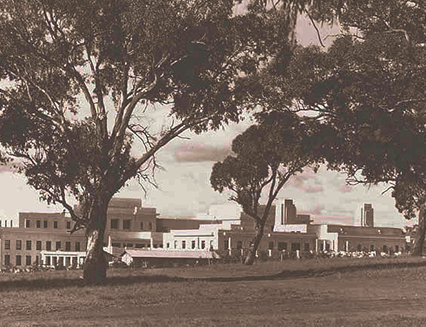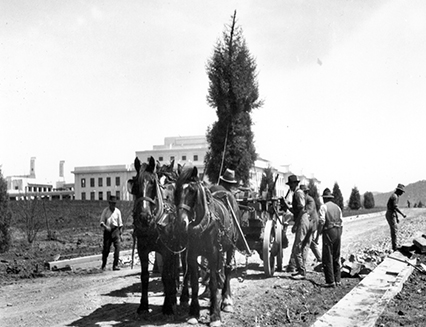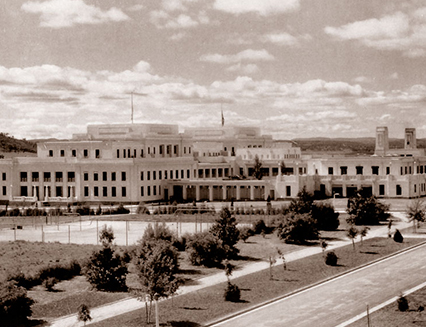
A city with an iconic treescape
Canberra is a city blessed with a wonderful urban treescape. Its trees are a fundamental part of Canberra; they form the fabric within which the people and buildings reside, truly creating a city in sympathy with the natural environment. This legacy results from the beginnings of the city guided by the vision of the Griffin design and the pioneering work of Charles Weston.

A global exemplar of a treed city
Canberra is a modern capital city with an international reputation for its unique landscape, truly a global exemplar of a treed city. A planned city, Canberra is also defined by the inherent beauty of the broader landscape, the plains, wooded hills and distant mountains.
The existing landscape was an integral part of Walter and Marion Griffin’s design and plan for the new capital, and featured prominently in their drawings and plans. The Griffins' design is strongly influenced by the City Beautiful and Garden City movements with integration of scenic vistas and separated urban functions set in green spaces, reflecting late nineteenth and early twentieth century thinking. As a result, the treed landscape of Canberra today reflects both the existing natural beauty of the region, as well as an intentional plan to enhance the built environment through the planting of trees.

A treescape with a legacy
Charles Weston, who pioneered the greening of the area and surrounding hills, planted over two million trees and shrubs between 1911 and 1926. The creation of experimental nurseries at Acton and Yarralumla reflected new ‘conservation’ thinking in Australia which saw the assessment of a wide range of exotic and native trees and shrubs for the site and devised the best methods of planting and establishment. Weston also influenced the rural landscape through rehabilitation and controls over fodder trees and ringbarking and provision of trees free of charge to landholders. In the urban context Weston created a unique character for the streets, avenues and parkland of the emerging city.

The future of Canberra’s trees
The early work of the Griffins and Weston has continued with important research and testing of species to continue the creation of magnificent cultivated areas matching the native vegetation and creating beautiful spaces and places. It is over 100 years since Weston began his pioneering work and it is time now to reflect on the past, infuse contemporary thinking and practices and create a blueprint to take the urban forest into a resilient and thriving future.
The National Capital Authority (NCA) is the custodian of the Central National Area of Canberra and the 18,000+ trees in this prominent location provide a stunning setting for the national institutions and memorials. Guiding these trees and treed landscapes into the future can be an exemplar for all of Canberra and other cities around the globe.
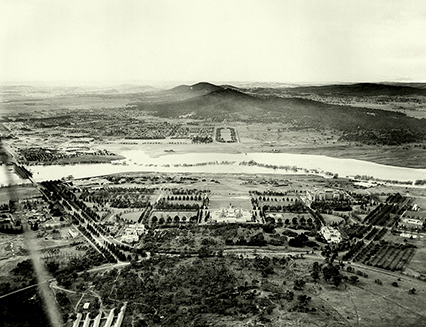
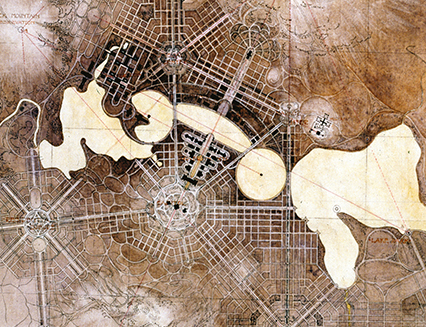
.574a2d84700bcbd8fdb173ba5e33c05e.jpg)
